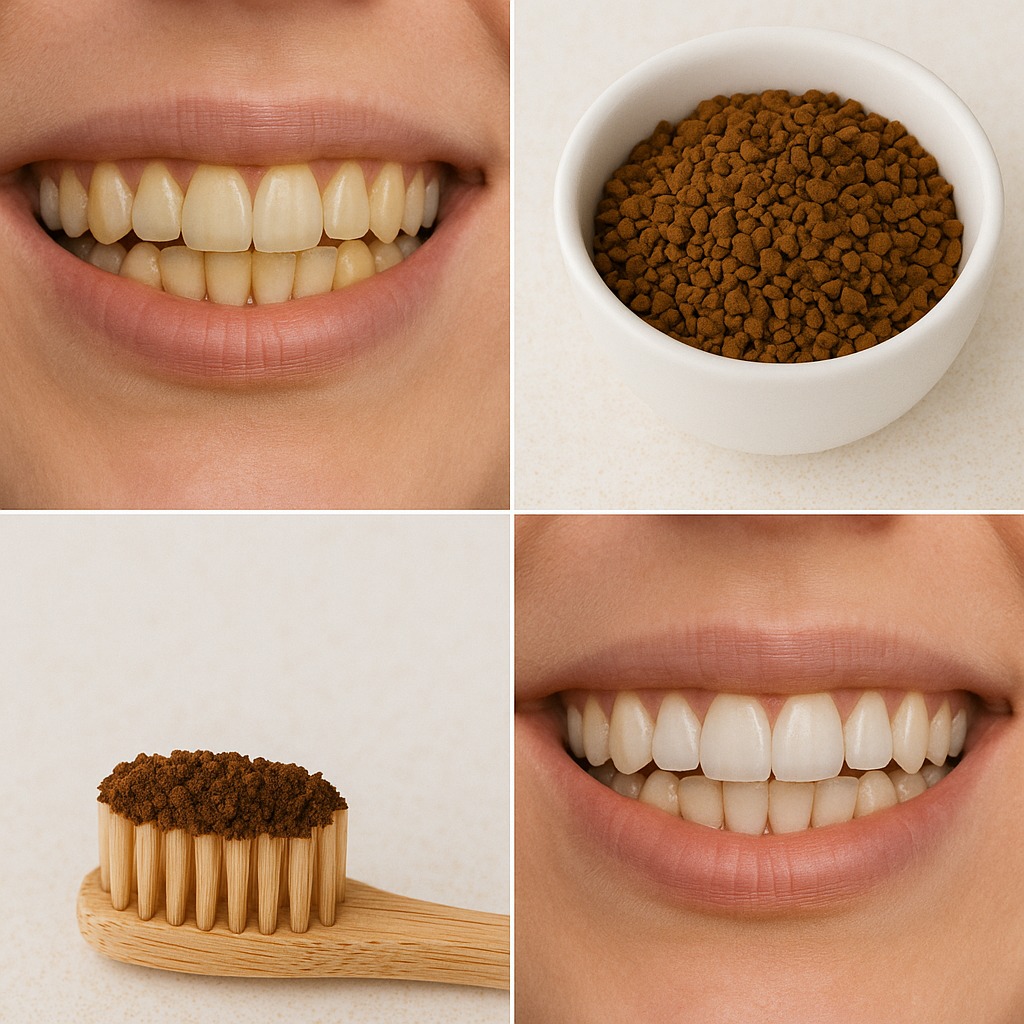In a world where a gleaming smile is a confidence booster, more people are turning to natural remedies to whiten their teeth without the risks and costs of chemical treatments. Commercial whitening strips and bleaching gels often contain peroxide and other harsh ingredients that can cause tooth sensitivity and damage to enamel over time. The good news? Nature offers safer, effective alternatives.
In this article, we’ll explore the best natural teeth whitening methods, how they work, and tips for getting results without harming your teeth.
Why Go Natural?
- Safe for Enamel: Most natural methods are gentle and less likely to wear away your enamel.
- No Harsh Chemicals: Avoid synthetic bleaches that can irritate your gums and make your teeth more sensitive.
- Affordable & Accessible: Most ingredients are already in your kitchen.
- Gradual, Lasting Results: Though slower than commercial products, natural remedies provide safer long-term benefits.
1. Baking Soda & Lemon Juice Paste
How It Works: Baking soda is mildly abrasive and helps scrub away surface stains, while lemon juice contains natural bleaching agents (citric acid).
How to Use:
- Mix 1 teaspoon of baking soda with a few drops of fresh lemon juice to form a paste.
- Apply with a toothbrush and gently scrub for 1–2 minutes.
- Rinse thoroughly with water.
Frequency: 2–3 times per week (don’t overuse—citric acid can erode enamel with frequent use).
2. Oil Pulling with Coconut Oil
How It Works: An ancient Ayurvedic technique, oil pulling helps remove toxins and bacteria that can cause yellowing.
How to Use:
- Swish 1 tablespoon of virgin coconut oil in your mouth for 10–15 minutes (do not swallow).
- Spit it into a trash can (not the sink) and rinse your mouth with warm water.
Frequency: Daily, preferably in the morning.
